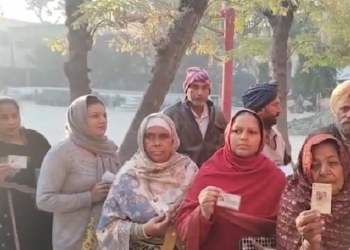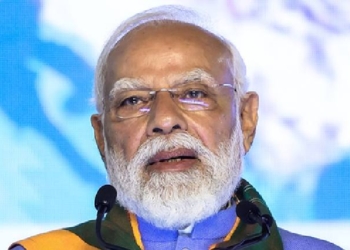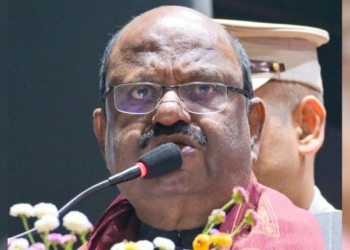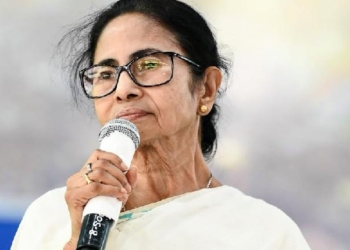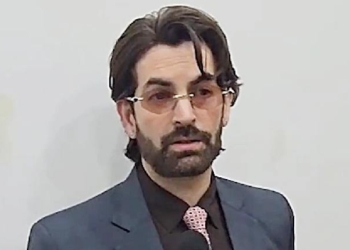New Delhi: M.S Swaminathan is no more. The nature of world politics and food crises and issues there in has changed over the decades.
Essentially Swaminathan was a compassionate man concerned about hunger and like his mentor, guide and associate Norman Borlaug; Swaminathan also believed that “the battle to ensure food security for hundreds of millions of miserably poor people is far from won.”
Around the year 2000, along with Dr Borlaug, Swaminathan was still in agony that “the world’s population who felt hunger between 1960 and 2000 had fallen from about 60 percent to 14 percent.”
The agri-scientist and hailed as the ‘Father of the Green Revolution’ in India knew that the figure translated into 850 million men, women and children.
In the 1960s, Dr Swaminathan worked with Dr Norman Borlaug, and other experts to produce HYV Wheat seeds.
He started teaching small-scale farmers how genetically engineered grains might enable them to grow higher yields. These demonstrations were game-changing since the crop tripled prior output levels in the first year of the green revolution era. Because of his efforts, it is said the average agricultural production increased from 12 million tonnes to 23 million tonnes in just four crop seasons.
Swaminathan worked closely with Prime Minister Indira Gandhi to develop agricultural programs and policies that would assist the country in remaining self-sufficient in agriculture.
He served as the Ministry of Agriculture’s Principal Secretary from 1979 to 1980. Between 1972 and 1979, he was the Director-General of the Indian Council of Agricultural Research and from 1980 to 1982 and served on the Planning Commission catering to agricultural and rural development.
The National Commission on Farmers, chaired by M S Swaminathan, submitted five reports through the period December 2004 – October 2006. Following from the first four, the final report focused on causes of famer distresses and the rise in farmer suicides, and recommended a holistic national policy for farmers.
The report of NCF pointed out that in 1961, the percentage of the workforce in agriculture was 75.9 per cent. While the number decreased to 59.9 per cent in 1999-2000. But agriculture still provided the ‘bulk of employment’ in the rural areas.
Therefore, it was suggested that overall employment strategy in India must seek to achieve two things. First, create productive employment opportunities and second to improve the ‘quality’ of employment in several sectors such that real wages rise through improved productivity.
The measures to do so included — accelerating the rate of growth of the economy and also laying enough emphasis on relatively more labour intensive sectors, inducing a faster growth of these sectors; and Improving the functioning of the labour markets without eroding the core labour standards.
It was also recommended that there is a need for implementing a universal public distribution system.
Swaminathan pointed out that the total subsidy required for this would be only one percent of the Gross Domestic Product.
True, people like him should be hailed also as a humanist. Swaminathan had the conviction that there was no time to relax until hunger became history.
Revolutions are usually associated with the young; but in Punjab, from young college students to retired army men, small farmers and illiterate peasants would queue up to get the ‘new seeds’.
He was more than happy at the fag-end of his life and career to see that at least in Punjab, the divorce between intellect and labour, the bane of Indian agri scene, was vanishing or already vanished.
Swaminathan and his expertise were in debate during the height of farmers’ protest vis-a-vis three reform bills that the Narendra Modi government later withdrew.
It may be stated that the Swaminathan Commission had recognised the problem of cartelisation among traders in a particular Agricultural Produce & Livestock Market Committee (APMC) and thus recommended the establishment of One Nation-One Market.
The report also spoke about “development of domestic and international markets” for local produce, and move towards a Single Indian Market.
To achieve the same, it had suggested simplification in the movement of goods by abolishing road tax and local taxes and introduced a national permit for plying commercial vehicles anywhere in India.
Regretfully, on November 19, 2021, after a year-long farmers’ stir in and around Delhi, Prime Minister Narendra Modi made a dramatic retreat announcing the rollback of three contentious farm laws.
The laws passed by Parliament in 2020 were outright rejected by the opposition parties including by the communists, provincial regional parties and the principal opposition Congress.
The three legislations sought to open the agri-sector for small and marginal farmers so that they could sell their products outside government-controlled markets.
Farmers in some states such as Sikh-dominated Punjab are used to government patronage. They do not like the concept of free and open market determining the prices.
Finally, did all that mark the story of democracy, good governance and a good farm policy getting marginalised and vanquished as against the anarchy and street politics?
(IANS)






